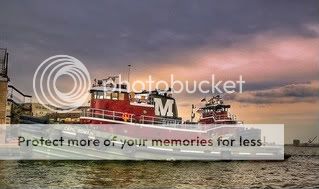
Founded in 1988 Moss and Madison Salvage company (M&M Salvage) was created by two Ex Finnian Naval seals Shane Moss and Tim Madison to meet regional and world needs for a deep water capable salvage company. M&M Salvage has been instrumental in many salvage operations such as raising the the FSS Orca after a faulty torpedo detonated, and removing the New Carissa from the Beaches south of Coos bay and after gutting the hulk towing her to deep water and scuttling her. While the leader in Salvage M&M has also been a big player in Finnian deep sea oil development with one of our numerous Drill ship or next generation semi-submersible Drill rigs. If it involves difficult problems at sea M&M Salvage is the company to call for innovative solutions to fix all your issues.










































